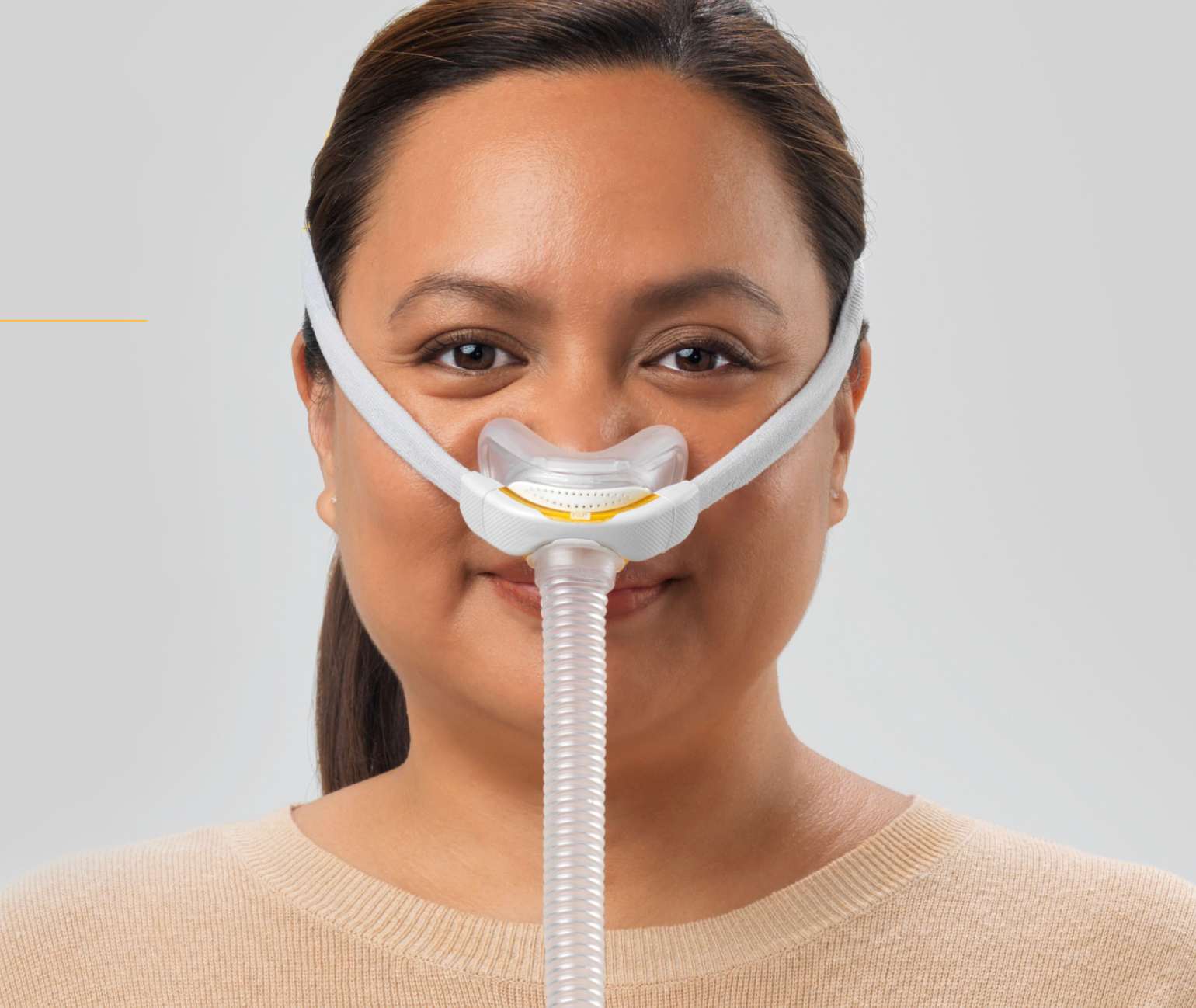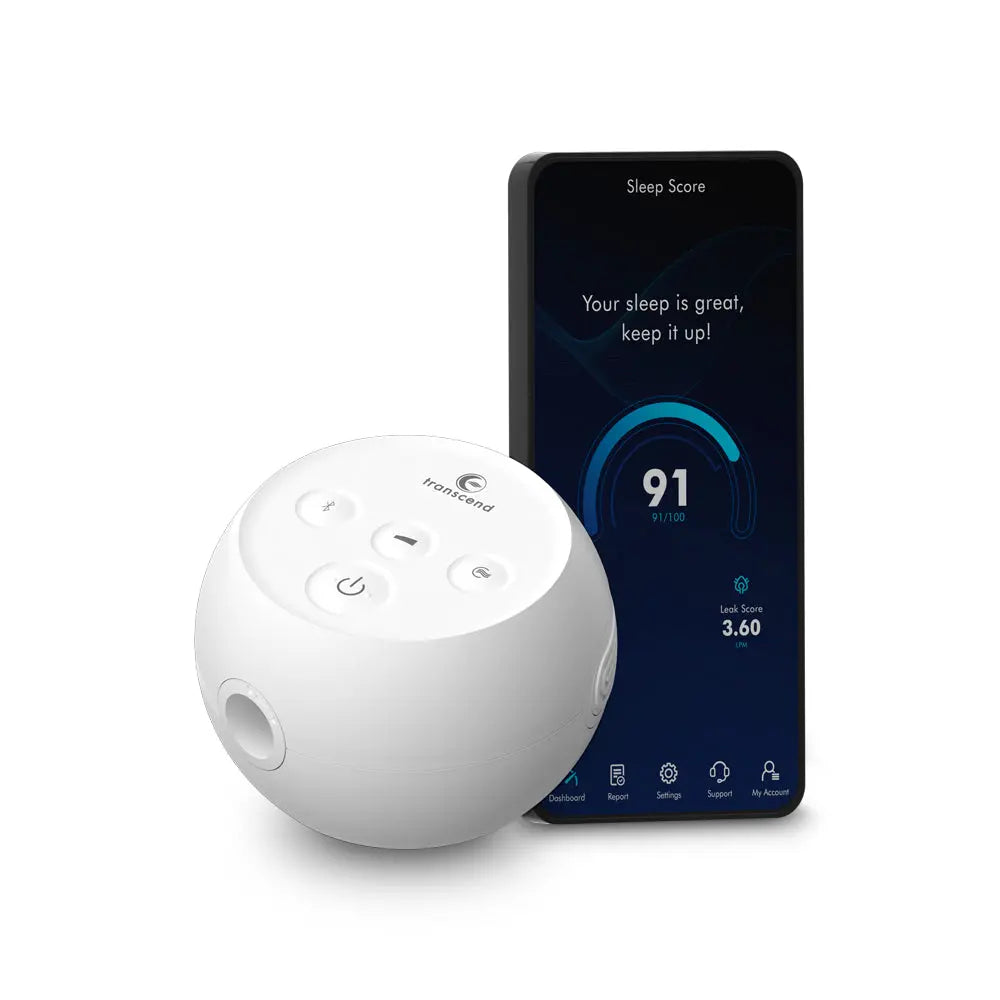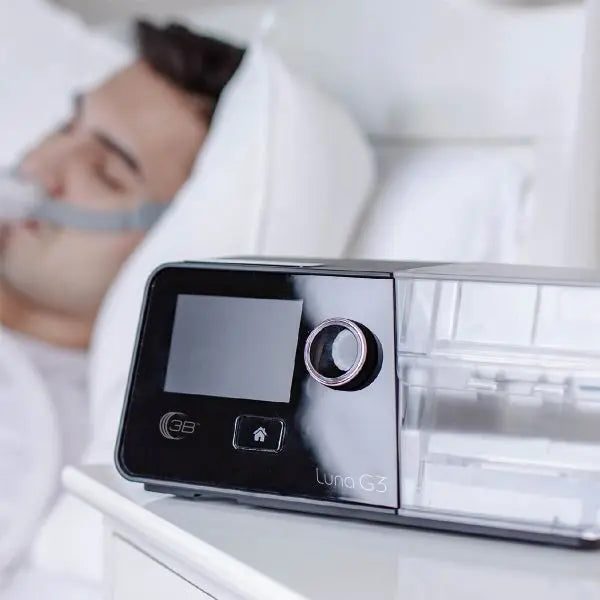Why People Fail on CPAP and the Health Risks If They Don’t Make It Work
Why People Fail on CPAP and the Health Risks If They Don’t Make It Work
Introduction
Obstructive Sleep Apnea (OSA) is a prevalent sleep disorder characterized by repeated episodes of partial or complete obstruction of the upper airway during sleep. The gold-standard treatment is Continuous Positive Airway Pressure (CPAP) therapy, which maintains airway patency by delivering pressurized air through a mask. Despite its proven efficacy, a substantial percentage of OSA patients do not use CPAP consistently or abandon it altogether. This blog takes a deep dive into the primary reasons behind CPAP failure and examines the serious health risks associated with noncompliance.
1. Prevalence and Importance of CPAP Adherence
CPAP therapy has been shown to effectively reduce the frequency of apnea/hypopnea events, enhance oxygenation, and improve overall sleep quality. When used correctly, CPAP can decrease daytime sleepiness, boost cognitive function, and lower the risk of cardiovascular events. Yet, according to some estimates, up to 50% of patients either fail to initiate or discontinue CPAP therapy within the first year.
Key reasons for high dropout rates include:
- Immediate Discomfort: Mask irritation, nasal congestion, or pressure sores.
- Psychological Factors: Feelings of claustrophobia or anxiety.
- Lifestyle Incompatibility: Travel schedules or shift work that disrupts nighttime routines.
- Inadequate Education: Insufficient training on device usage and maintenance.
2. Common Causes of CPAP Therapy Failure
2.1 Mask-Related Discomfort
Poorly fitted masks are the most frequently cited reason patients give up on CPAP. Leaks around the edges can create noise and dry the eyes, while a tight fit may cause skin irritation. Nasal or full-face masks that do not align properly with facial contours can exacerbate feelings of claustrophobia.
2.2 Pressure Intolerance
Some patients may find the prescribed air pressure uncomfortable. The sensation of forced air can lead to panic or general unease, especially during the first few weeks. Auto-adjusting CPAP machines, which dynamically modulate air pressure to the minimal level necessary, can help address this issue.
2.3 Lack of Humidification
Many individuals experience nasal dryness, throat irritation, or congestion due to constant airflow. A heated humidifier can mitigate these side effects by adding moisture to the airstream, improving comfort, and potentially reducing sinus-related symptoms.
2.4 Poor Patient Education and Support
A robust onboarding process that includes mask fitting, demonstration of device settings, and follow-up appointments can make a substantial difference in adherence. Patients who receive ongoing support from sleep technologists, respiratory therapists, or patient educators often show higher rates of compliance.
3. Health Risks of Untreated or Poorly Managed OSA
3.1 Cardiovascular Complications
Untreated OSA triggers chronic sympathetic activation, leading to sustained elevations in blood pressure. Over time, this increases the risk of hypertension, arrhythmias, heart failure, and stroke. Longitudinal studies indicate that successful CPAP therapy can significantly reduce blood pressure, highlighting the critical role of adherence in cardiovascular risk management.
3.2 Metabolic Dysregulation
OSA is linked to insulin resistance and metabolic syndrome. Poorly controlled OSA can exacerbate glucose intolerance, making it more challenging to manage Type 2 diabetes. Consistent CPAP use has been shown to improve insulin sensitivity and aid in metabolic regulation.
3.3 Neurocognitive Impairment
Excessive daytime sleepiness, a hallmark of untreated OSA, contributes to diminished cognitive functions—specifically attention, executive function, and memory. Patients experience slowed reaction times, raising the likelihood of accidents or injuries. Adherence to CPAP often leads to marked improvements in alertness and cognitive performance.
3.4 Mood Disturbances
Chronic sleep disruption can intensify symptoms of depression and anxiety. Conversely, better sleep quality achieved through CPAP therapy has been correlated with enhanced mood regulation and reduced stress.
4. Strategies to Overcome CPAP Failure
-
Customized Mask Fitting
- Consult with a sleep specialist or DME (Durable Medical Equipment) provider for a mask style and size tailored to your facial structure.
-
Device Setting Adjustments
- If the prescribed pressure is uncomfortable, ask about auto-titrating (APAP) or bilevel (BiPAP) machines, which can modify pressure settings dynamically or offer lower exhalation pressures.
-
Heated Humidification
- Integrate a heated humidifier into the CPAP circuit to reduce nasal dryness and throat irritation, making therapy more tolerable.
-
Gradual Desensitization
- Try wearing the mask during the day while awake to acclimate to the sensation of airflow. Gradually increase usage duration until you can sleep with the device comfortably.
-
Regular Follow-Up and Support
- Schedule routine check-ups with a sleep clinician to address any emerging issues. Many providers also offer telehealth services for quicker consultations.
5. Conclusion
Successful CPAP therapy demands more than just a prescription—it requires carefully tailored solutions to address individual challenges such as mask discomfort and psychological barriers. Failing to establish consistent CPAP use can have dire consequences, ranging from heart disease to cognitive decline. By prioritizing personalized mask fittings, adjusting device settings, and maintaining close follow-up with healthcare professionals, patients can substantially improve their CPAP experience and safeguard their long-term health.
Bibliography
- Epstein, L. J., Kristo, D., Strollo, P. J., Jr., et al. (2009). Clinical guideline for the evaluation, management and long-term care of obstructive sleep apnea in adults. Journal of Clinical Sleep Medicine, 5(3), 263–276.
- Kushida, C. A., Nichols, D. A., Holmes, T. H., et al. (2012). Effects of continuous positive airway pressure on neurocognitive function in obstructive sleep apnea patients: The Apnea Positive Pressure Long-term Efficacy Study (APPLES). Sleep, 35(12), 1593–1602.
- Marin, J. M., Carrizo, S. J., Vicente, E., & Agusti, A. G. (2005). Long-term cardiovascular outcomes in men with obstructive sleep apnoea–hypopnoea with or without treatment with continuous positive airway pressure: An observational study. Lancet, 365(9464), 1046–1053.
- Patel, S. R., White, D. P., Malhotra, A., Stanchina, M. L., & Ayas, N. T. (2003). Continuous positive airway pressure therapy for treating sleepiness in a diverse population with obstructive sleep apnea: Results of a meta-analysis. Archives of Internal Medicine, 163(5), 565–571.
- Sawyer, A. M., Gooneratne, N. S., Marcus, C. L., Ofer, D., & Richards, K. C. (2011). A systematic review of CPAP adherence across age groups: Clinical and empiric insights for developing CPAP adherence interventions. Sleep Medicine Reviews, 15(6), 343–356.








Leave a comment
This site is protected by hCaptcha and the hCaptcha Privacy Policy and Terms of Service apply.